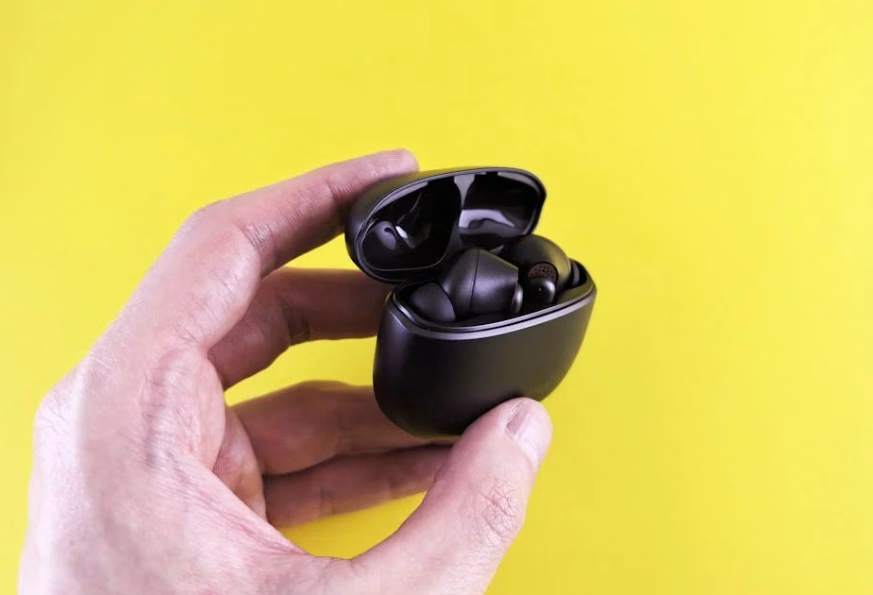How Bluetooth Works: The Surprising Magic Revealed with 3 Simple Secrets
On This Page
How Bluetooth works? It’s a form of wireless magic we use every single day. We pair our headphones, connect our keyboards, and sync our smartwatches, all without a single cable. This seamless connection happens so effortlessly that most of us never stop to ask how it’s even possible.
Bluetooth isn’t magic; it’s a brilliant and complex technology that acts like a tiny, private radio station for your devices. Understanding its core concepts reveals a fascinating system of digital handshakes and clever tricks to avoid interference.

How Bluetooth Works: The Basics
At its heart, Bluetooth is a standard for short-range wireless communication. It uses low-power radio waves to send data between devices over short distances, typically up to 30 feet (10 meters).
Unlike the powerful radio waves used by a broadcast radio station, Bluetooth operates in a specific slice of the radio spectrum around 2.4 GHz. This is the same general band used by many Wi-Fi routers, microwaves, and other wireless devices, which can create a lot of noise and interference. How Bluetooth deals with this “noise” is its secret weapon.
How Bluetooth Works: The Handshake
Before two Bluetooth devices can communicate, they must be “paired.” This is the digital handshake that establishes a trusted, secure connection.
- Discovery Mode: When you put a device (like a new pair of headphones) into “pairing mode,” it starts broadcasting a signal that basically says, “Hello, I’m here and I’m available to connect!”
- The Request: Your phone sees this signal and, when you select the device, it sends a connection request.
- The Secret Key: The two devices then exchange a set of secret digital keys. This creates a secure, encrypted link between them. They are now a trusted pair.
Once paired, the devices remember each other. The next time you turn on your headphones, they will automatically find and connect to your phone without you having to do anything. This small network of connected devices is sometimes called a “piconet.”
How Bluetooth Works: Staying Clear
So how does your Bluetooth headset avoid interference from your Wi-Fi router, your microwave, and your neighbor’s ten other Bluetooth devices? It uses a clever technique called Adaptive Frequency Hopping.
Instead of broadcasting on a single frequency, Bluetooth rapidly hops between 79 different channels within its 2.4 GHz band, changing channels up to 1,600 times per second. Your paired devices—your phone and your headphones—are hopping between these channels in the exact same synchronized pattern.
- The Analogy: Imagine you and a friend are trying to have a private conversation in a crowded, noisy room. Instead of staying in one spot, you are both constantly and rapidly moving around the room together, sharing one word in each new spot. To an outsider, it would just sound like random noise. But because you are both following the same secret path, the conversation is perfectly clear to you.
This constant hopping makes the connection incredibly robust. If a specific channel is crowded with Wi-Fi traffic, your devices will only be on it for a millisecond before hopping to a clear one.
The Two Flavors: Classic vs. Bluetooth Low Energy (BLE)
There are two main types of Bluetooth you use today:
- Bluetooth Classic: This is designed for devices that need to stream a lot of data continuously, like wireless headphones and speakers. It requires more power.
- Bluetooth Low Energy (BLE): This is for devices that only need to send small bits of data periodically, like fitness trackers, smartwatches, and wireless sensors. It is designed for extreme power efficiency, allowing these devices to run for months or even years on a tiny battery.
The next time you seamlessly connect your earbuds, you’ll know the incredible dance of pairing, encryption, and frequency hopping that makes it all possible.




